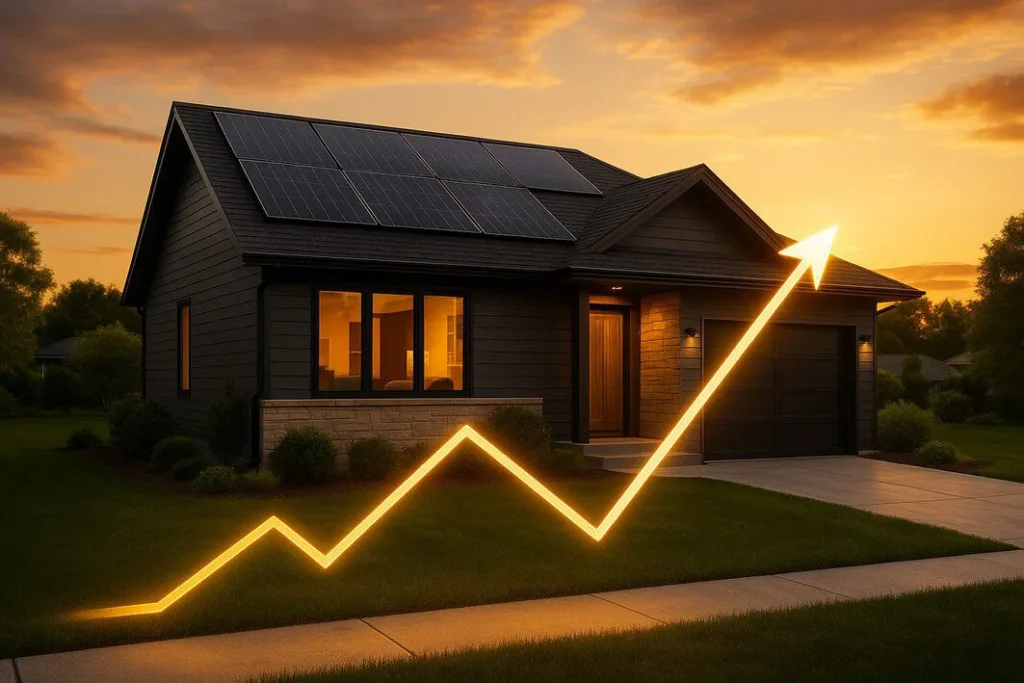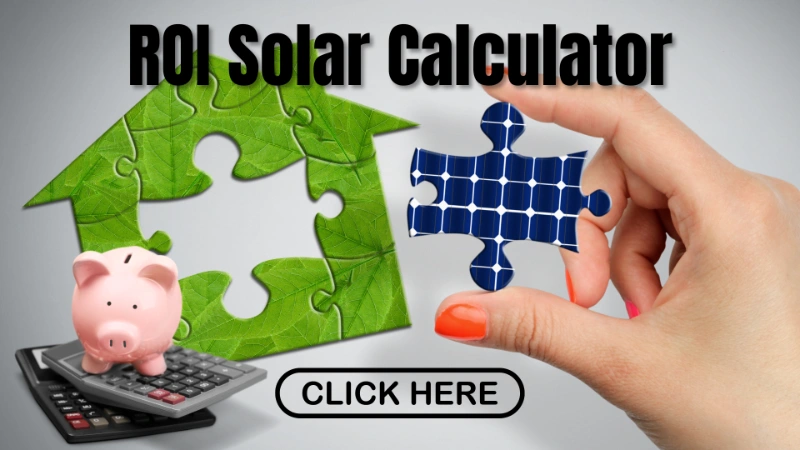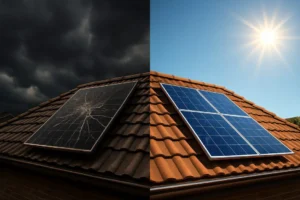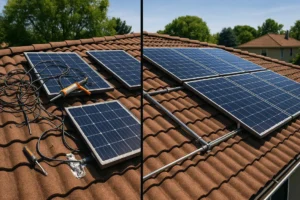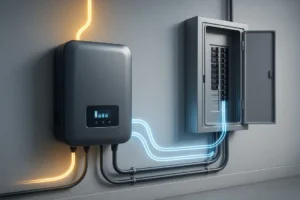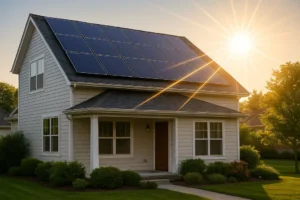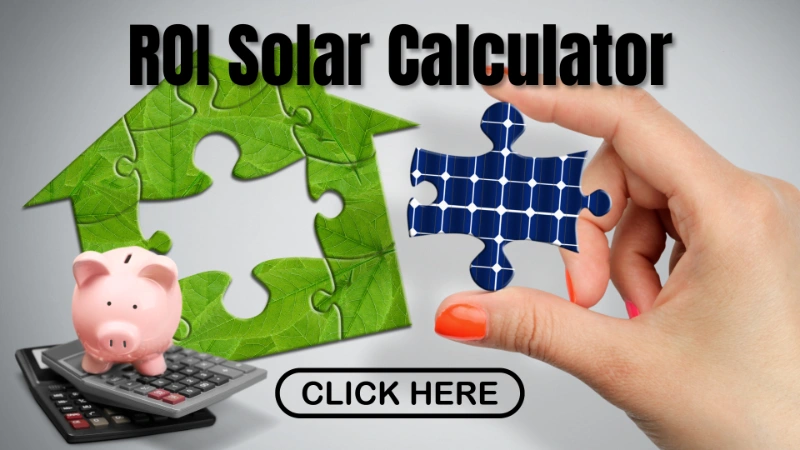With rising energy costs and a growing desire for energy independence, more homeowners are asking the crucial question: are solar panels a good investment? The answer lies in understanding a key financial metric: the solar panel return on investment, or ROI. This figure cuts through the complexity and tells you how long it will take for your solar system to pay for itself and start generating pure profit.
Table of Contents
- What is Solar Panel ROI and Why Does It Matter?
- Key Factors Influencing Your Solar Panel Return on Investment
- Calculating the Return on Investment for Solar Panels
- So, Are Solar Panels a Good Investment for Your Home?
- Beyond the Numbers: Additional Benefits of Going Solar
- Making an Informed Decision with RenewGenius
Making the switch to solar is a significant decision for any household. At RenewGenius, our mission is to empower you with a comprehensive solar knowledge base, focusing specifically on residential solar solutions. This guide is designed to walk you through every aspect of solar panel ROI, giving you the confidence to determine if going solar is the right financial move for your home.
What is Solar Panel ROI and Why Does It Matter?
In simple terms, solar panel ROI is a calculation that measures the profitability of your investment in a solar energy system. It compares the total amount you spend on the system against the financial returns it generates over its lifetime, primarily through savings on your electricity bills.
Understanding your potential ROI is critical because it transforms the conversation from “How much does solar cost?” to “How much will solar save me?” It frames the upfront cost not as an expense, but as an investment in your home’s financial future, with predictable, long-term returns.
Key Factors Influencing Your Solar Panel Return on Investment
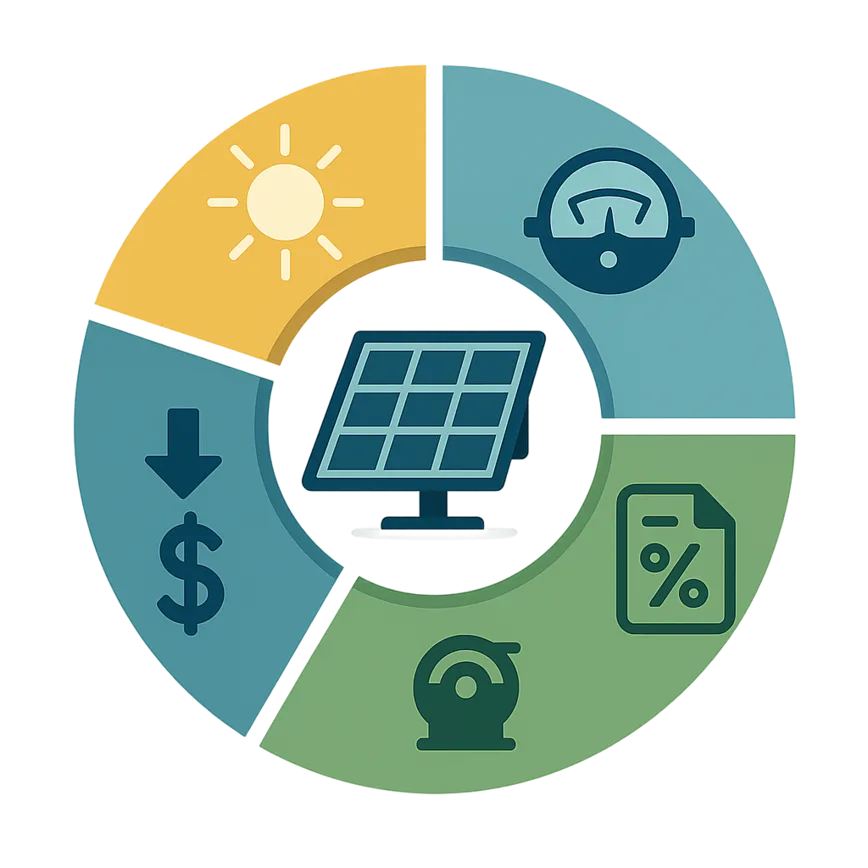
A precise solar panel ROI isn’t one-size-fits-all; it’s a unique calculation based on several interconnected factors. Understanding these variables is the first step toward an accurate estimate.
Upfront System Cost
This is the total price of your solar panel system before any incentives. It includes:
- The panels, inverters, racking, and wiring
- Labor for installation
- Any necessary permits or inspection fees
The size and complexity of your system will be the biggest driver of this initial cost.
Solar Incentives, Tax Credits, and Rebates
This is where the initial investment number gets much more attractive. Government and local utility incentives can dramatically reduce your net cost and shorten your payback period. Key incentives include:
- The Federal Solar Tax Credit (ITC): This allows you to deduct a significant percentage of your solar system’s cost from your federal taxes.
- State and Local Rebates: Many states, municipalities, and even utility companies offer cash rebates or their own tax credits for installing solar panels.
Your Current Electricity Costs
The more you currently pay for electricity, the more you stand to save, and the faster your solar panel return on investment will be. Homeowners in areas with high utility rates see some of the quickest payback periods in the country because every kilowatt-hour (kWh) their panels generate represents a larger amount of money saved.
Your Location and Sunlight Exposure
It’s no secret that solar panels need sun. The amount of direct, unobstructed sunlight your roof receives each day—known as “solar irradiance” or “peak sun hours”—is fundamental to your system’s energy production. A south-facing roof with minimal shading from trees or other buildings is ideal for maximizing output.
System Size and Panel Efficiency
The total wattage of your system and the efficiency of the panels determine how much electricity you can generate. A larger or more efficient system will produce more power, leading to greater bill savings and a faster ROI, though it may have a higher initial cost.
Net Metering and SRECs
- Net Metering: This is a billing arrangement where your utility company credits you for any excess electricity your solar panels generate and send back to the grid. These credits can offset the cost of any electricity you pull from the grid at night, significantly boosting your savings.
- Solar Renewable Energy Certificates (SRECs): In some states, you can earn SRECs for the solar power you produce. You can then sell these certificates to utilities, creating an additional stream of income from your solar system.
Calculating the Return on Investment for Solar Panels
While a truly precise calculation requires a detailed analysis, you can create a simple estimate to understand the basic financial picture. Calculating the return on investment involves a few key steps:
- Calculate Your Net System Cost: Start with the total gross cost of the system and subtract the value of any federal tax credits, state rebates, and local incentives.
Gross Cost – Incentives = Net Cost - Estimate Your Annual Savings: Look at your last 12 months of electricity bills to find your average annual electricity cost. This figure is a good baseline for your potential first-year savings.
Average Monthly Bill x 12 = Annual Savings - Determine Your Simple Payback Period: Divide your net system cost by your estimated annual savings. This tells you how many years it will take for the system to pay for itself.
Net Cost / Annual Savings = Payback Period (in years)
This simplified formula provides a great starting point. However, to account for factors like energy inflation, panel degradation, and the time value of money, a more robust calculation is needed. For a personalized and highly accurate projection, we recommend you use our dedicated ROI calculator for a detailed analysis. This powerful tool is a core part of our commitment to helping you make a fully informed decision.
So, Are Solar Panels a Good Investment for Your Home?
For most homeowners, the answer is a resounding yes. A solar panel system is one of a few home improvements that can pay for itself over time and generate positive cash flow for decades. It’s a long-term strategy for reducing or even eliminating your electricity bill, insulating you from unpredictable rate hikes from utility companies.
The payback period for residential solar systems typically falls between 8 and 12 years, while the panels themselves are warrantied for 25 to 30 years. This means you can look forward to over a decade of essentially free electricity.
Beyond the Numbers: Additional Benefits of Going Solar
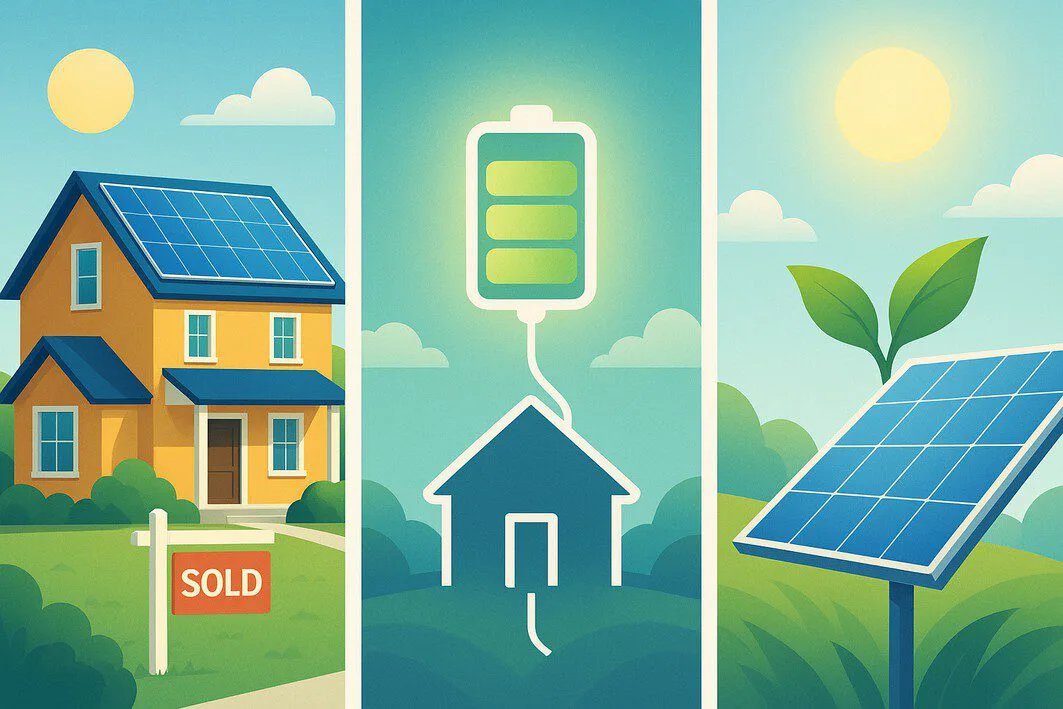
The financial return is compelling, but the full value of a solar investment extends beyond your bank account.
Increased Property Value
Studies have consistently shown that homes with solar panel systems sell for more than comparable homes without them. Buyers value the prospect of lower energy bills, making your home more attractive on the market.
Energy Independence and Stability
When you generate your own power, you are less vulnerable to grid outages and the volatile pricing of the traditional energy market. This provides a level of security and predictability that money can’t always buy.
Environmental Impact
By powering your home with clean, renewable energy from the sun, you significantly reduce your household’s carbon footprint and contribute to a healthier planet for future generations.
Making an Informed Decision with RenewGenius
Understanding your solar panel return on investment is the most important step in your solar journey. By weighing the costs against the substantial long-term savings and benefits, you can confidently decide if it’s the right choice for you.
At RenewGenius, we are dedicated to providing the comprehensive solar knowledge base you need for all your residential solar solutions. We believe an educated customer is an empowered one. Explore our resources, use our tools, and take the first step toward a brighter, more affordable energy future.

